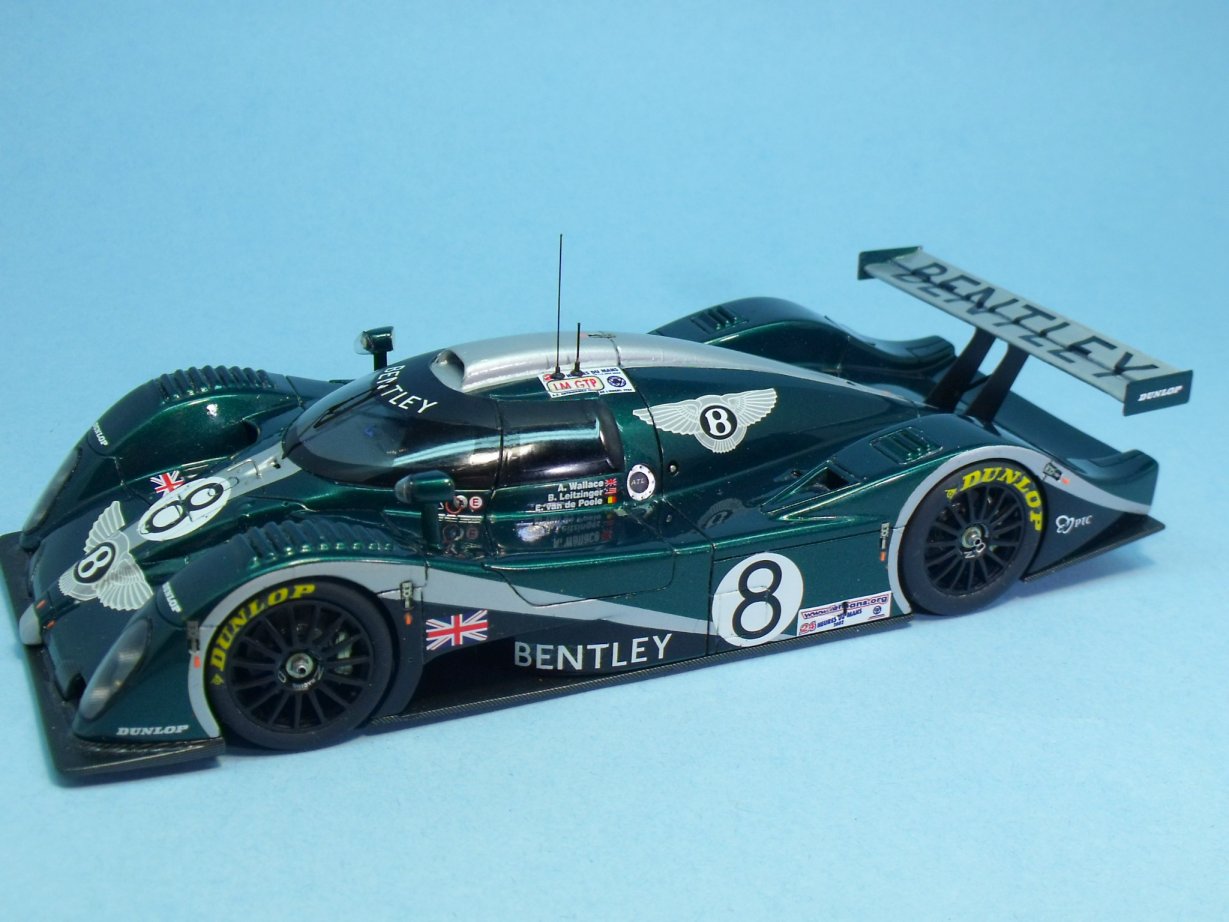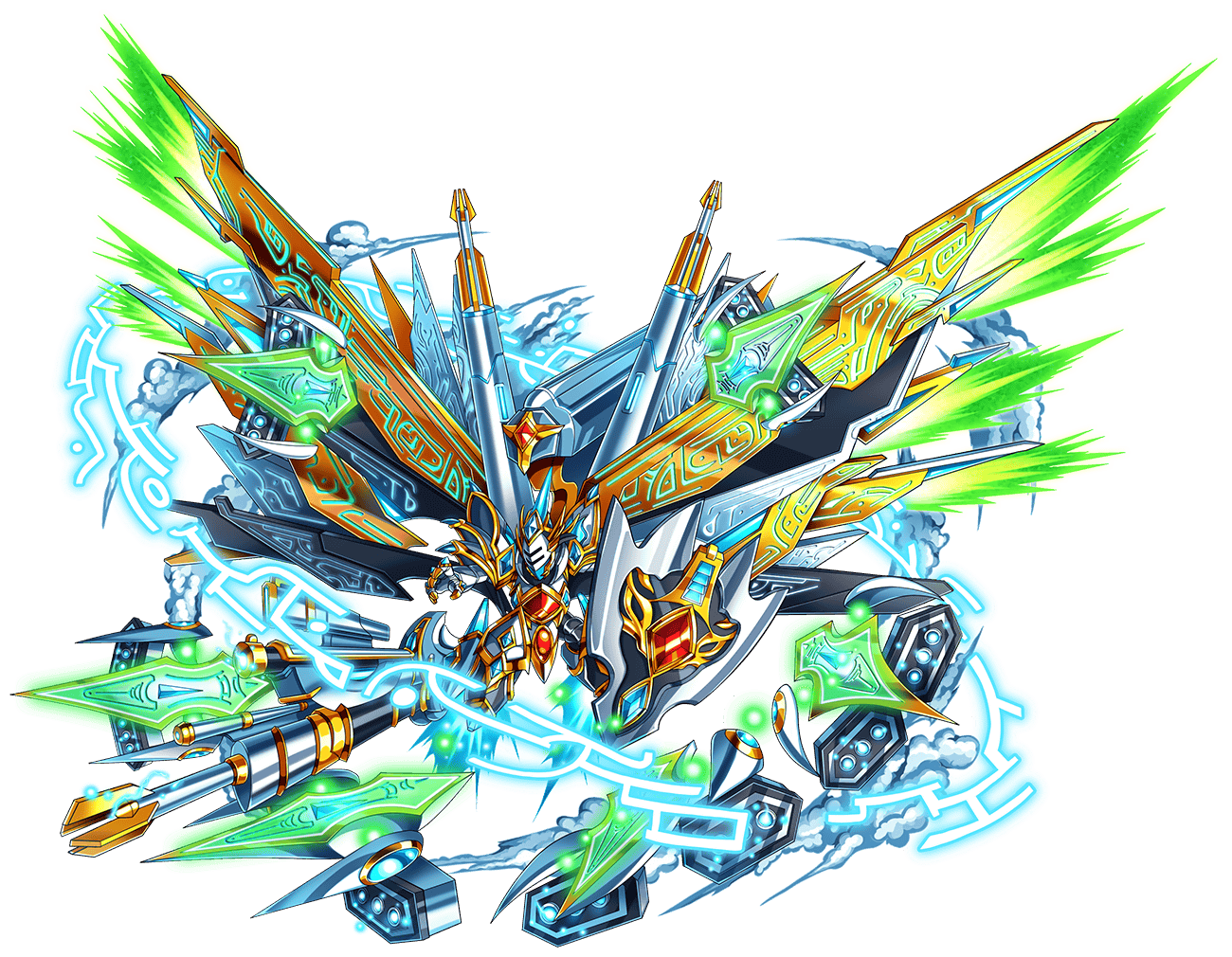

The death ball problem was alleviated at the higher levels of play by focusing the game more on harassment and adding certain high impact units. As we all already know, these features cause the tendency towards death balls, which in turn causes the volatile battles that can swing off a single disruptor cast. A choke point of equivalent size in BW has an exponentially larger impact on the game. This also decreases the impact of the map geography, as units are able to easily navigate small choke points and tight corners off a single click '1A'. Additionally, the pace of battles is massively increased as units move to ideal attack locations quickly and efficiently. In some circumstances, '1A' becomes the actual best way to command one's units.

This means that a beginner will have a strong incentive to focus the majority of their effort on macro, which is the less exciting aspect of the game. The battle mechanics of the game have been massively automated, while the macro mechanics have only been slightly automated. In the jump from Brood War to SC2, units changed in these ways:Ĭould one not say that these changes functionally automate many of the battle mechanics of the game, in the same way autobuild automates infrastructure mechanics? I believe that this is why I feel an undue focus on macro in games of SC2, but not in BW.


SC2 did not implement these mechanics, but it did change a few major things from BW. It's widely agreed that these solutions ultimately harm the game, even if they alleviate some issues with the learning curve. I did not have this sense with Brood War, however, despite its higher skill ceiling.Ī common solution to the 'learning curve problem' in other RTS games has been to automate base management, economy, and production (autobuild, building-harvesting). I felt as though 'the real SC2 experience' was locked behind hundreds of hours of unsatisfying grinding. The deathball phenomena, along with the lightning pace of the game would cause battles to take place in a matter of seconds, and the way units clump together just looks intuitively odd. When battles did occur, they felt profoundly unsatisfying to me. Perhaps If I were a more skilled player this wouldn't have been an issue, but I'm a massive scrub. Whenever I would play SC2, I had a strong sense that any time spent maneuvering and managing my units could be better spent focusing on my macro. When playing an RTS game, one wants to focus on and interact with their army. When I reflect on my displeasure with SC2, there's a particular feeling that I tend to fixate on. The details I will highlight in this post are the only consistent mechanical changes that have taken place across the genre over the last 20 years, which is also the period in which the genre's popularity has declined. This is the increasing automation of games in the genre. However, I'd like to highlight what I see as another primary catalyst. The downfall of RTS games is frequently blamed on their steep learning curves. I believe that improvements to RTS technology have played a massive, unintended, and unnoticed role in the downfall of the genre. I'm gonna make a somewhat controversial argument here.


 0 kommentar(er)
0 kommentar(er)
